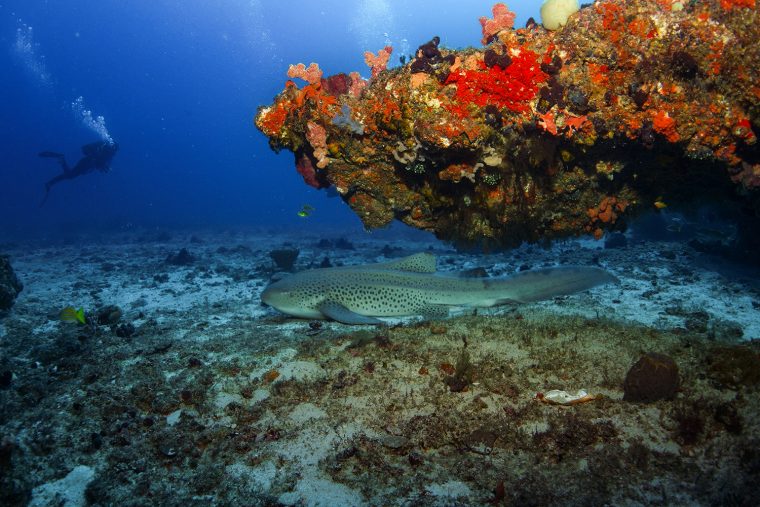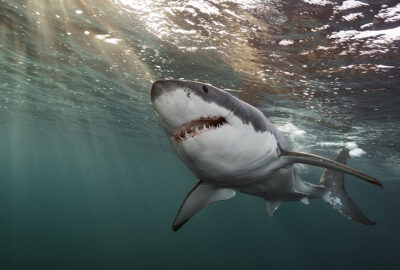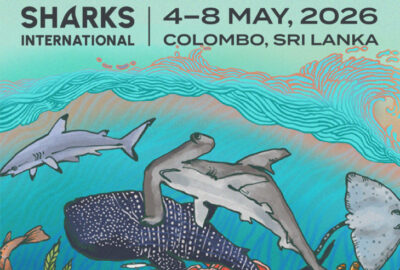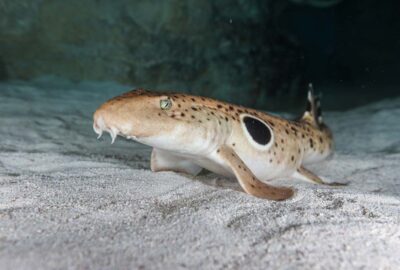Spotting endangered sharks in Mozambique
By New England Aquarium on Wednesday, April 14, 2021

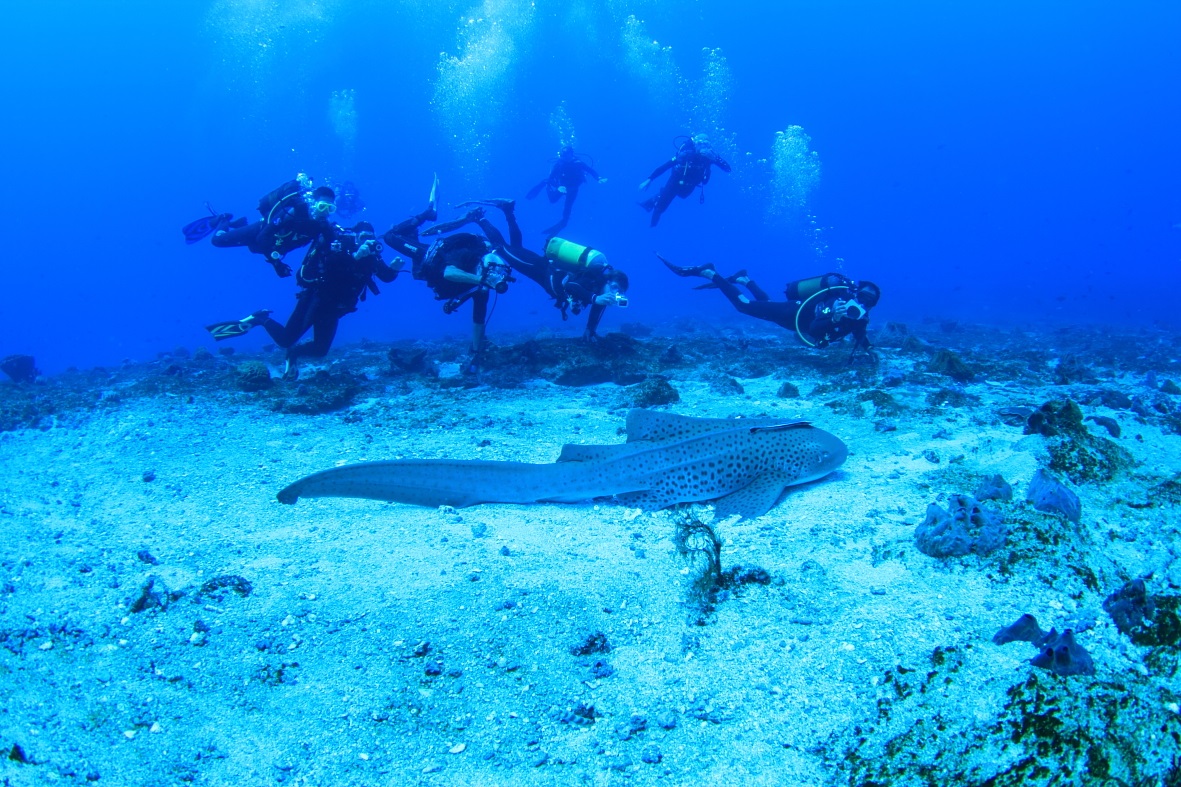
By Vanessa Kahn
This post is one of a series on projects supported by the New England Aquarium’s Marine Conservation Action Fund (MCAF). Through MCAF, the Aquarium supports researchers, conservationists, and grassroots organizations around the world as they work to address the most challenging problems facing the ocean.
With support from MCAF, marine scientist, Saoirse Pottie, in collaboration with Marine Megafauna Foundation (MMF) and All out Africa, investigated the site fidelity and distribution of zebra sharks in the Mozambican Channel. In this piece, Saoirse highlights the importance of fishers’ ecological knowledge and local community engagement in understanding zebra shark distribution – knowledge that is critical to informing conservation efforts. She also writes about the launch of a new website to collect sightings information and ID photographs of zebra sharks throughout their range.
Spotting endangered sharks in Mozambique
By: Saoirse Pottie
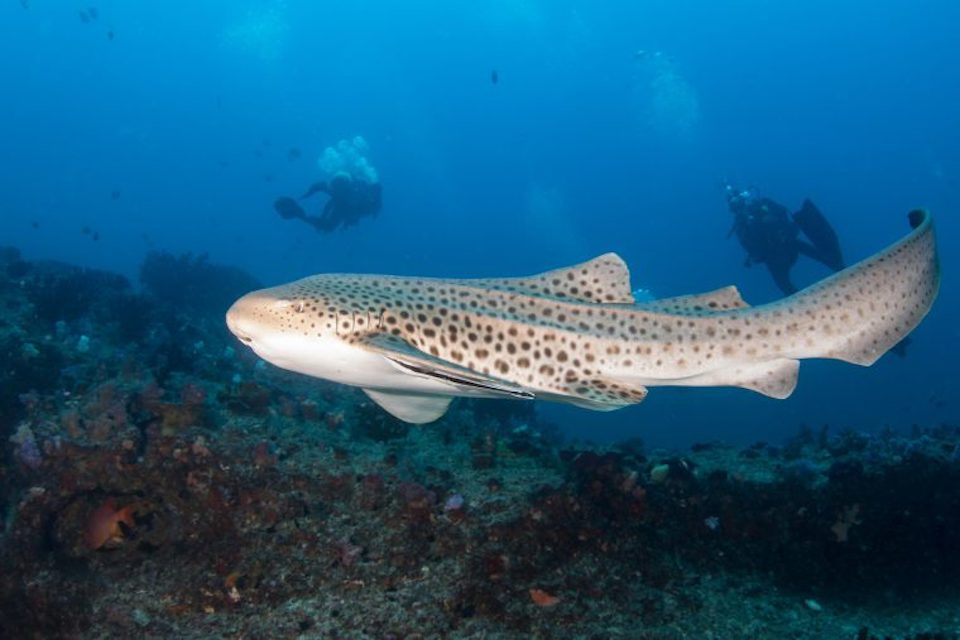
Outside of Australia and South-East Asia, basic information required to inform conservation initiatives for the endangered Zebra Shark are unknown. The primary aim of this project was to help fill that gap by collecting data on their distribution, abundance and movements in Mozambique and Southern Africa.
Using a combination of sighting reports from scuba divers, free-divers and fishers, the project identified seven different locations in Mozambique and Southern Africa that zebra shark had been sighted at, since 2008. At one location a potential breeding ground was identified on a reef that spans just 5.6 km. 87% of zebra shark sightings at the location occurred on the reef, with the same individuals returning for up to eight consecutive years. Male and female zebra shark had similar chances of being re-sighted. Although present all year round, zebra shark were more likely to be sighted during the rainy season when sea surface temperatures were higher.
The increased presence of both sexes at the same time and around a geographically small area has been indicative of breeding aggregations in other species of shark. This data was further supported by anecdotal evidence from divers that zebra sharks had been sighted showing pre-copulatory behavior. Although more research is required to confirm this theory, it is quite an exciting find!
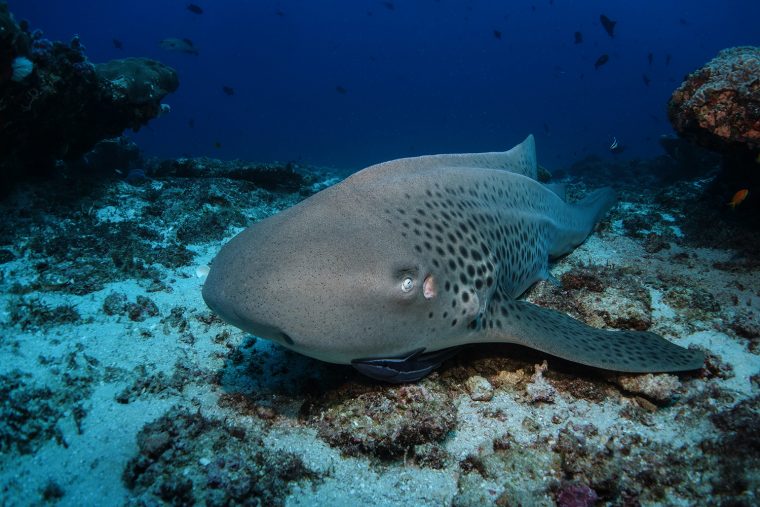
As much of the Mozambican coastline is relatively unexplored and not yet dived commercially, it is likely that other key areas for zebra shark still remain undiscovered. Many developing countries lack information required to manage their endangered species as records for marine species that are not targeted for fisheries tend to be poor. The interviews conducted with fishers during this project showed that despite zebra shark having a relatively low economical value to small scale fishers, the fishers still retained sighting information, which spatial and temporal trends could be deduced. This project shows that ecological knowledge collected from fishers offers an affordable and reliable source of information for non-commercial and rare species. Data collected from fishers could be utilized to disseminate baseline information on the distribution, key habitats and movement of zebra shark throughout the rest of Mozambique. The finding of this project furthers research suggesting that fishers’ knowledge could provide a viable alternative to predict species occurrence over large scales for countries that both struggle with financial limitations and have urgent conservation needs.
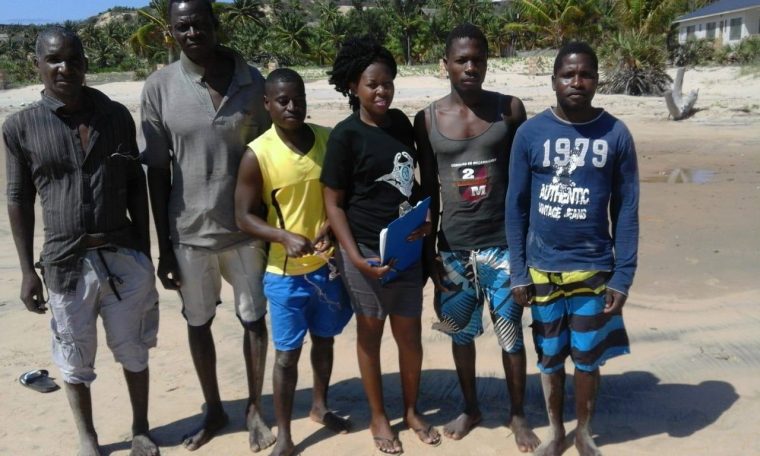
To access potential threats and protect species, it is also important to understand the extent of a species movement between key sites, where they are travelling to and how frequently they make these journeys. Tracking the movements of marine species can be incredibly challenging and often requires expensive equipment. Fortunately, it has been discovered that the body markings of some species, such as the whale shark, manta ray and zebra shark, are unique to the individual and remain stable for their adult life – much like the human fingerprint! Photographs of these markings can be used to identify the number of individuals at a location as well as tracking an individual’s movements. If enough photographs are taken it could give insight to how they are moving at a population level and if that population is increasing, declining or remains stable.
The involvement and support from dive centers and NGOs is instrumental to collect this data. During the project, I visited nine different dive centers in six different locations along the coast to share information and resources on the project. By training dive staff information on the species, the project as well as correct protocol on taking ID photographs could then be passed on to their customers. Over 30% of the ID photographs collected were from citizen scientists with the remaining being sourced from NGOs, Marine Megafauna Foundation, All Out Africa and Zavora Marine Lab. Whilst most resightings occurred at a nearby site, one individual was resighted travelling from Tofo in October 2015, 98.6 km to Zavora in September 2017.
On the eastern Australia coastline, zebra sharks undertake large seasonal migrations with regular movements of over 1,000 km annually, it is not yet known if zebra shark in southern Africa travel similar distances. Now with the support of a dedicated website to collect sightings information and ID photographs of zebra sharks across their entire range (https://leopardshark.wildbook.org), it is hoped that we can continue to get some clues into their movements.
